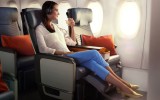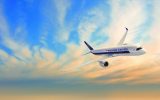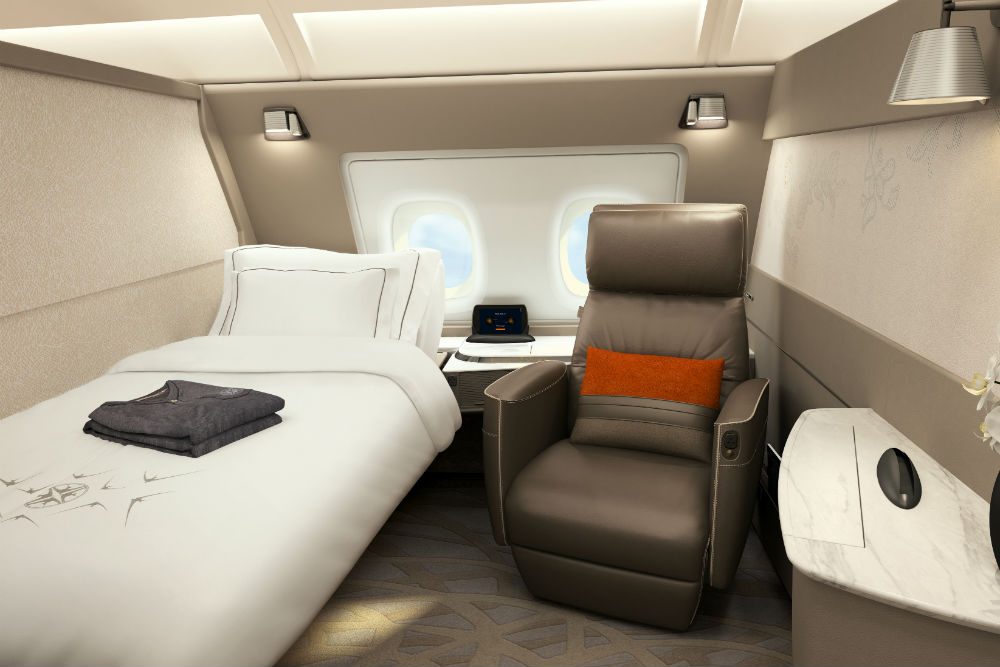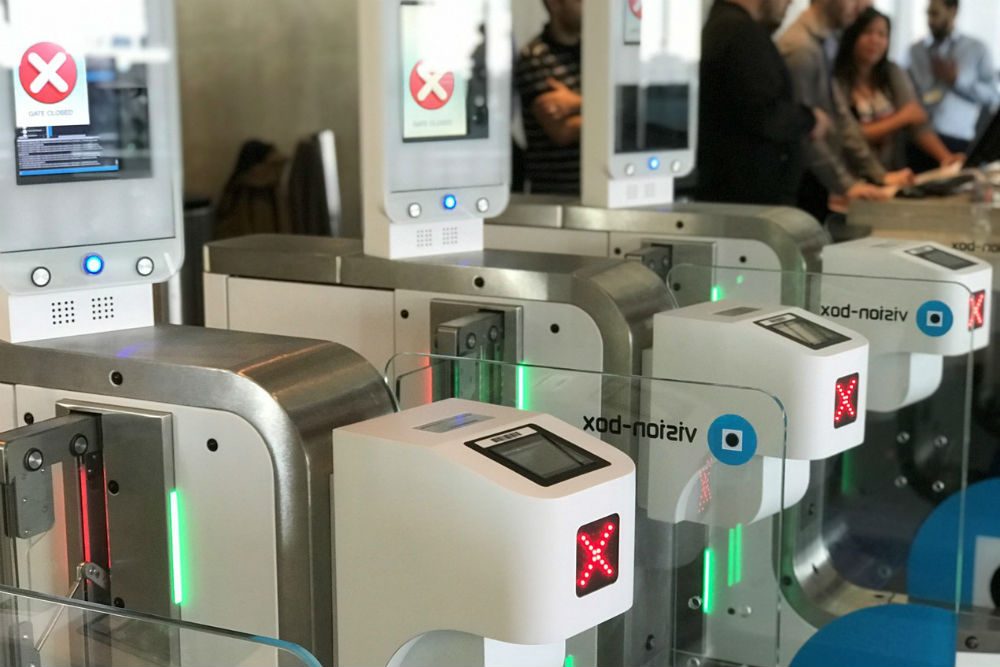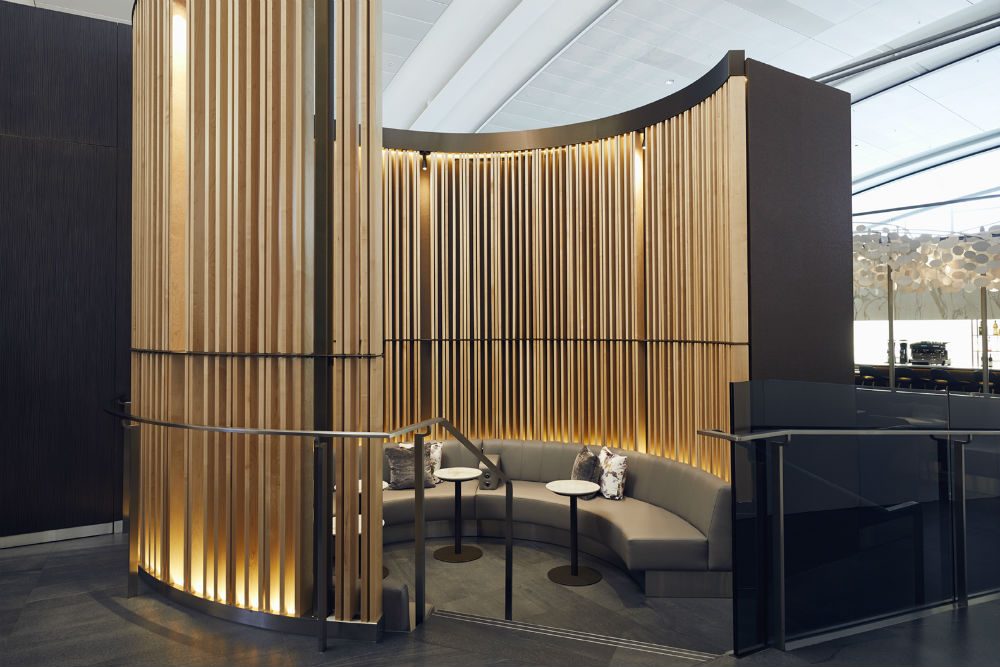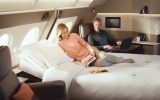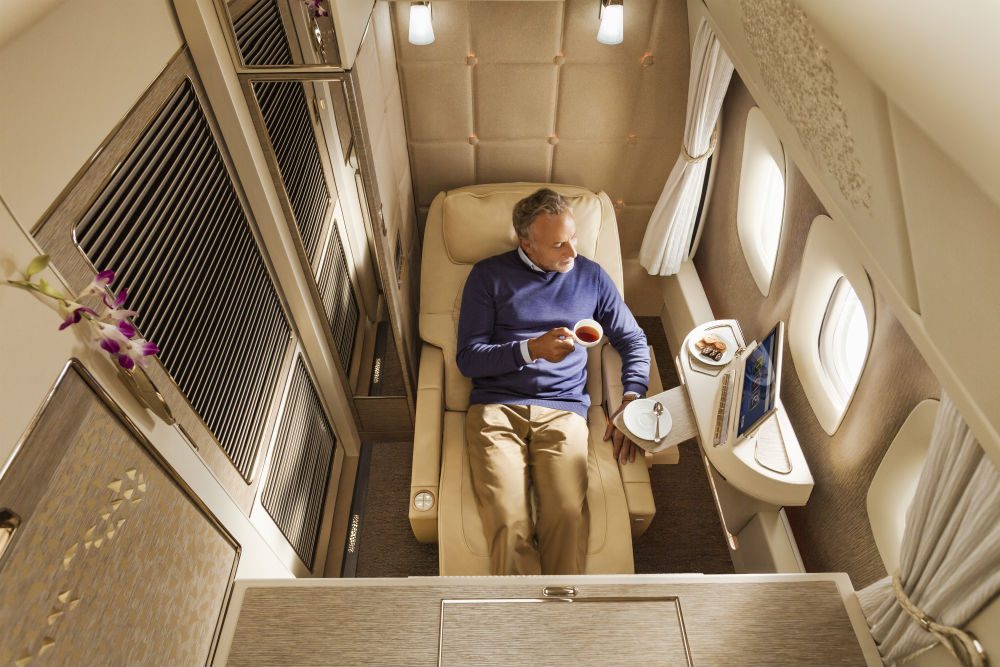Figuring out how to get the best value on air travel is one of life’s most infuriating challenges. It’s not just about the dollar value of airfare either: The algorithm travelers have to invent in order to rank competing priorities of seat comfort, seat location, checked luggage fees, overhead bin space, boarding order, Wi-Fi access, power outlets, inflight entertainment options, and mileage rewards is more complicated than the one Google uses to return your everyday search results.
To help travelers cut through the noise, we asked air-travel booking guru Brett Snyder for insights and strategies on how to get the best flight experiences and airfare values. Snyder founded a company called Cranky Concierge, which specializes not only in ferreting out the smartest routes and fares for your specific trip, but also in monitoring your chosen flight to let you know asap if anything goes wrong and, even more crucial, provide emergency rerouting assistance if your flight is delayed or canceled, or if you miss a connection. Snyder’s deep knowledge of the air travel world is one reason we invited him to speak at our 2017 Global Travel Summit, and it’s also why we tapped him for the following tips. “The idea is that there are trade-offs in travel,” Snyder told us. “And you can pick and choose the things that matter to you to find the best options for what you want and need to do.”
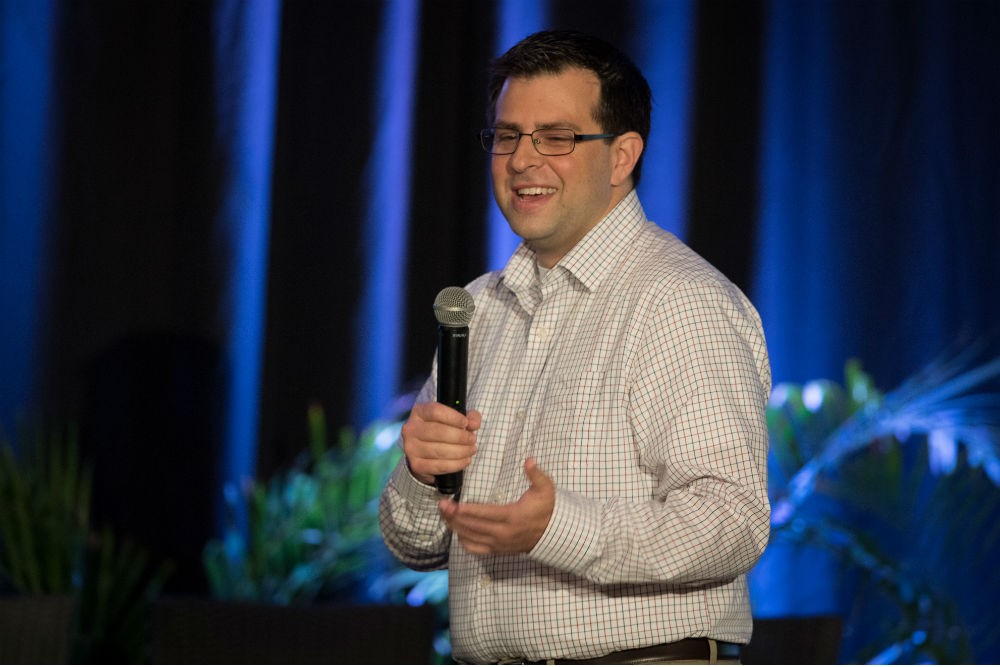
At the 2017 Wendy Perrin Global Travel Summit, Brett Snyder, founder of air-travel-assistance company Cranky Concierge, shares tips on how to get the best flight experience for your dollar.
How to Get the Best Business Class Flight Experience
The challenges:
“Lots of airlines have ‘flat beds’ now, but not all flat beds are equal,” Snyder cautions. “[Travelers] don’t always know what the seats are like. How would you know that the Emirates 777 doesn’t have fully flat beds, or that different aircraft on the same route don’t have the same seats?” Two other critieria to consider are the cabin’s seat layout (do all seats have direct aisle access?) and whether each seat is a private cocoon. “Having a leading business class [used to mean] you had to have flatbed seats, but then the goalpost moved and became direct-aisle access,” Snyder says, before explaining why this is important: “United still has some planes without direct-aisle access, which means most of their seats are 2-2-2. So if you’re traveling with kids, you can be sitting next to them—it’s still a flatbed but at least you’re there with them. But Virgin Atlantic, across the fleet, the seats are basically individual seats. You can have your kid near you, but not right next you, and you won’t see them from your seat because they’re meant to be private.”
The solutions:
Snyder recommends three tools that help inform a clear picture of what you’ll be getting in a particular business class cabin.
- One is SeatGuru, where the seat maps show the layout of the cabin. “Those seat maps won’t tell you much about how great or terrible the product is; you’ll just see a square where the seat is,” he says. “But it’ll tell you whether you’re sitting together with someone or not.” The catch is that airlines often have multiple configurations on each aircraft type, so you need to make sure to compare the airline seat map with Seatguru on your specific flight to make sure you’re looking at the right one.
- Brett’s other tool recommendation is online trip reports. These are photo-heavy, often very detail-oriented reviews written by travel bloggers about their specific flight experiences. “A seat map will tell you there are flatbeds, but a trip report will say, Yeah and they’re shredded and half of them didn’t work,” Snyder says. “We send these to clients all the time if they’re trying to decide between two flights.” He names One Mile at a Time, The Designair, Travel Codex, and TravelSort as a few he regularly points his own clients to. Some trip reports span the whole flight experience: what the lounge is like, the check-in process, the boarding process, the inflight food, and more. “Typically what I do is Google, for example, ‘Emirates 777 business class trip report’: include the airline, the aircraft, the cabin, and the words ‘trip report’. Then look at the pictures,” Snyder says. “That’s what we’re really trying to show people with this: what it really looks like on the airplane.”
How to Get the Best Economy Flight Experience
The challenges:
If you can’t afford business class—or simply prefer to spend your travel dollars elsewhere—how do you nevertheless maintain some level of comfort and dignity?
The solutions:
Snyder has three suggestions for making your flight comfortable if you opt to turn right, rather than left, when you board.
- To save money, but still have a better overall flight experience, consider coach or premium economy on the way home. “One example I like is if someone is going on their honeymoon,” Snyder says. “They get married, they’re going to the airport soon after, and they want to sit in business class—they want the champagne and to continue in the halo of the wedding. But after two weeks, you just want to get home, so maybe you don’t care. If you had to choose [where to delegate your funds], you could just sit in coach. Another example is if you’re going to Asia and even if it is your honeymoon, let’s say going over it’s a daytime flight, but coming back it’s an overnight flight, so you might want business class on the way back so you can sleep. Just piece it together based on the budget you have and what’s important to you.”
- Get to know what “premium economy” really means. “An increasing number of airlines have premium economy, but it’s very different from what people in the United States think,” Snyder says. “It’s not just a coach seat with a little more leg room.” Real premium economy, he explains, has wider seats, more legroom, often a leg rest, upgraded food, priority boarding, a smaller cabin. “So it almost feels like domestic first class, which isn’t all that great but it’s better than coach. For some people, that’s a great upgrade over what you’re used to, and it’s a whole lot nicer and more affordable.” Snyder notes that American, Delta, and United all have a premium economy category and do a good job with it, as do foreign carriers Virgin Atlantic, British Airways, Lufthansa, Air France, Alitalia, Japan, ANA, Cathay Pacific, Singapore Airlines, and Air New Zealand.
- Snyder speculates that the number of low-cost airlines flying over the Atlantic is likely to increase in the near future, so travelers should keep their eyes open for news on this front. “Norwegian is the most visible of these so far,” he says. “They are flying to a ton of places, and it’s only going to continue. They also have cheap one-way fares. Long-haul one-way flights are traditionally very expensive,” Snyder explains, so this development is valuable: Travelers can now use miles for a one-way ticket to Europe, then buy a ticket home that won’t be outrageously expensive. Snyder raises all the usual flags about low-cost airlines: You have to pay extra for food and baggage, etc., and if something goes wrong with your flight, an airline like Wow doesn’t have the same support as, say, United, where there’s a network of airline partners to help take you where you need to go. Still, Snyder says, the low-cost airlines have their benefits: “We have often found that it can be cheaper to buy two one-ways on Norwegian than a round-trip.” Interestingly, all of this is good news for every traveler, not just those trying to fly on a shoestring: Snyder expects this competition to drive down pricing on the bigger-name airlines.
Be a smarter traveler: Use Wendy’s WOW List to plan your next trip. You can also follow her on Facebook and Twitter @wendyperrin, and sign up for her weekly newsletter to stay in the know.

